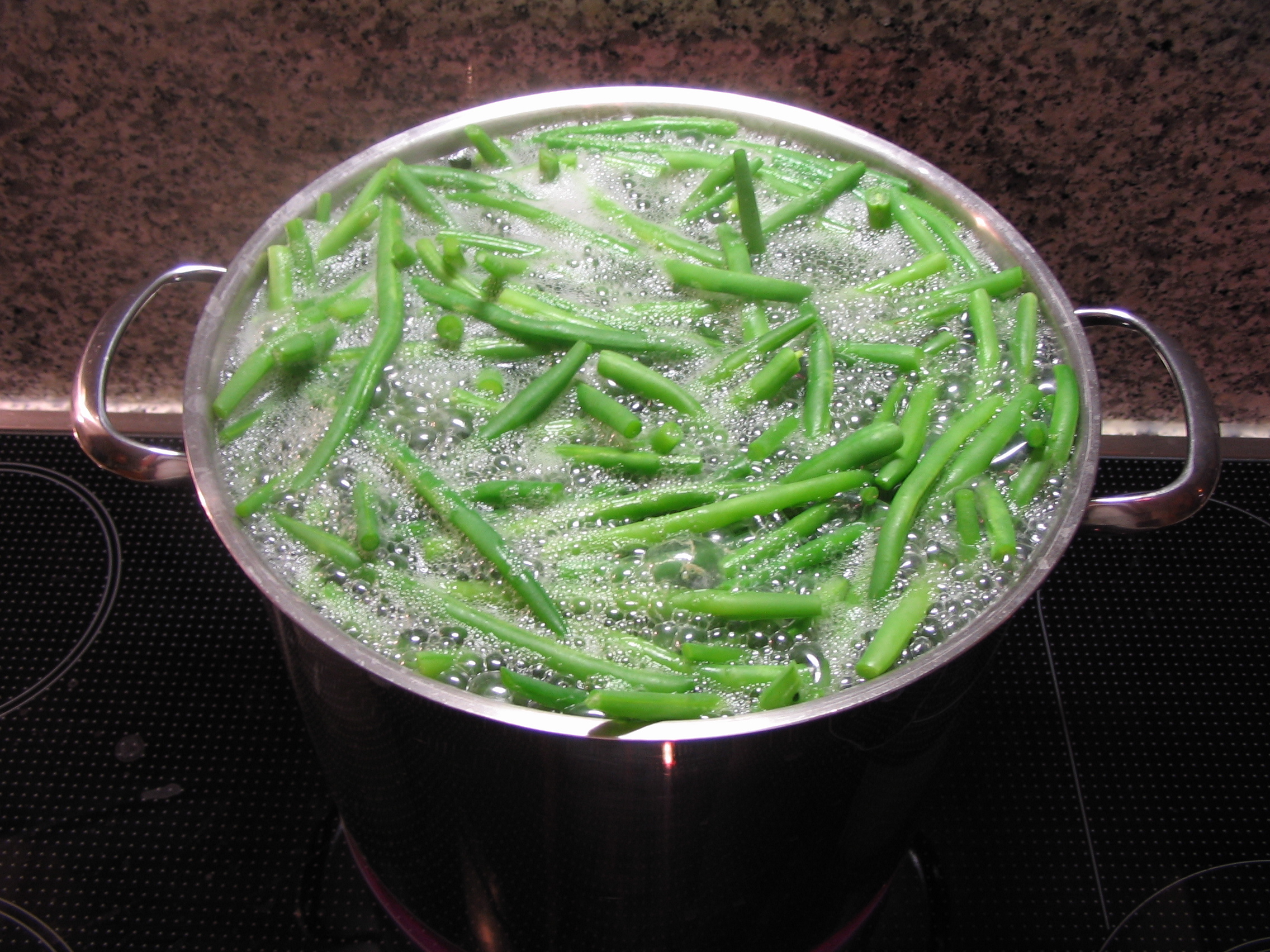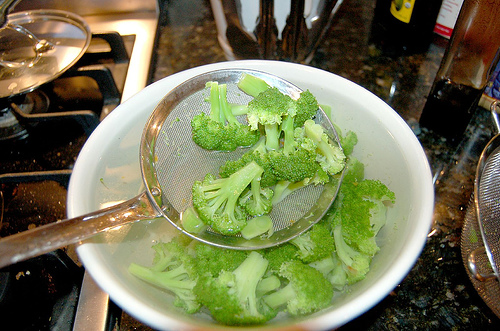
Egg Coffee in all its delicious glory.
Jodi Ettenberg is sharing her new discovery: egg coffee from Hanoi - Vietnam
It sounds fairly strange, no? I had heard of putting eggs in coffee before, mostly from Scandinavian countries where it was used to clarify the brew and generate an amber-coloured cup of coffee with a milder taste. Says Martin Lersch in his post about Norwegian egg coffee:
The addition of proteins while preparing the coffee serves two purposes: 1) it helps the coffee grounds to flocculate, allowing them to sink faster to the bottom of the pot (this effect is probably more pronounced when using eggs) and 2) the proteins bind irreversibly to astringent and bitter tasting polyphenols in coffee to form insoluble complexes that will precipitate. The end result is a clearer coffee with a pleasant and mild taste. The bitterness is only barely noticeable, but the coffee still has enough “body” so it doesn’t feel too thin!
In contrast, Vietnamese egg coffee (Cà Phê Trứng) is anything but a clearer coffee with a mild taste. As it appears in the photo above, it is essentially a Cadbury Creme Egg with a hint of mocha. So the recipe below isn’t the healthiest, but it’s most definitely a satisfying snack on a cold day.
The recipe also sounds quite strange because you are whisking an egg yolk to frothy goodness with sweetened condensed milk (not straight sugar), but it was the one given to me by my host family and more importantly I’ve tried it here at my apartment and it works. Egg coffee for all!
Ingredients
- 1 egg
- 3 teaspoons of Vietnamese coffee powder (Vietnamese coffee is available on Amazon here)
- 2 teaspoons of sweetened condensed milk
- Boiling water
Directions
- Brew a small cup of Vietnamese coffee. (Vietnamese coffee filters available on Amazon here. Also, for visual step-by-step of the brew process, there is a good set of photos explaining how to here.)
- Crack an egg and discard the whites.
- Put the yolk and the sweetened condensed milk in a small, deep bowl and whisk vigorously until you end up with a frothy, fluffy mixture like the one above. Add a tablespoon of the brewed coffee and whisk it in.
- In a clear coffee cup (we’re going for aesthetics here), pour in your brewed coffee, then add the fluffy egg mixture on top.
- Presto. Egg coffee.
P.S www.legalnomads.com .
The Affiliate Links support Jodi Ettenberg's Blog Hosting Fees.






